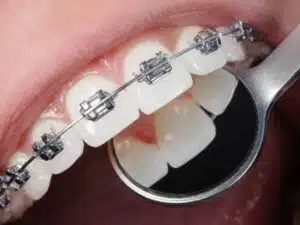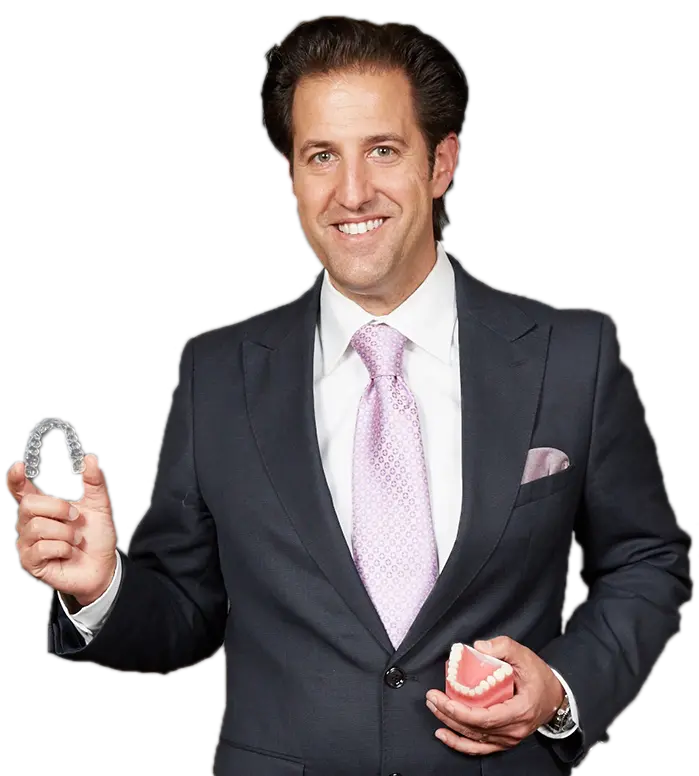Can I Have Straight Teeth After Braces Treatment?
Congrats on completing your braces treatment and getting your perfect smile! Having straight teeth is a confidence booster, but you need to be aware that there are a few things you need to do in order to maintain your aligned teeth after braces treatment in West Windsor.
Can My Teeth Shift Back After Braces?
Braces are worn to help with straightening your teeth and guiding them into their ideal positions. Once your treatment is completed and you no longer have to wear braces, you can finally enjoy and flash your new smile. However, it’s important to note that since the support from the braces is no longer there, your teeth can slowly shift back to their original state.
Usually, the amount of shifting that would possibly happen won’t be too severe or obvious–not making it a cause for concern. However, there are some instances where the patient’s teeth might shift significantly to the point that a dentist appointment is required for them to inspect them.
Wisdom Teeth Emerging
It’s common for a lot of people who are going through orthodontic treatment to have most likely gotten their wisdom teeth removed during their younger years. However, there are patients who are getting braces before their wisdom teeth erupt and need to be aware of when they would come in or start to crowd other teeth in order to be extracted and not disrupt the treatment.
Teeth Loss
When you lose a tooth due to decay, injury, or something else, it can affect the teeth around it as they will start to shift in order to fill the gap. To be able to prevent this from happening, your dentist or orthodontist will recommend you get a partial denture or a dental implant and place it on the spot of the missing tooth.
Periodontal Disease
Commonly known as “gum disease,” periodontal disease is a progressive condition that affects the teeth, gums, and possibly even the jaw bone. As the gums start to recede, the foundation that your tooth is located in will recede as well. If the patient’s periodontal disease is in a severe condition, it can result in the deterioration of their jaw bone and also the loss of teeth.
Teeth Grinding or Clenching (AKA Bruxism)
Did you know there’s a term for teeth grinding or clenching? It’s called Bruxism. This condition usually affects people who feel stressed. When they feel stressed, they have a tendency to clench their bottom and top teeth at the same time or grind them. This typically leads to the recession of their gums.
When there’s lesser gum tissue, it could mean that the teeth are not secured as before, making them more prone to shifting or movement.
Why Teeth Shift Back
Funnily enough, we can say that our teeth have sharp memories. This means that they remember the positions they were in before the orthodontic treatment, and they’re quite inclined to shift back into their old spots.
This is commonly known as a “relapse,” when the teeth will move back to their positions where there used to be spaces between the teeth prior to the braces treatment. The gums and teeth can take a long time to settle after the braces have been taken off.
While the occurrence of minor tooth movements is normal for everyone, there are a lot of medical issues that can affect bone turnover and the succeeding teeth movement within the bone. In life, the only constant thing is change, and tooth movement is no exception to the rule.
The Importance of Retainers After Braces
In an ideal world, braces will grant permanent results, and our teeth will forever look this way. However, that’s not the case. Getting braces does not grant permanent results. This is because teeth have a natural tendency to shift back into their initial spots after braces treatment. This is why after every braces treatment, patients are instructed to wear a retainer to keep their teeth from shifting back. Without the help of the retainer, there’s a high probability that one’s teeth will travel back to the misalignment that was once there.
Keep in mind that your teeth’s tendency to shift will gradually decrease as time passes since they end up being more set firmly. But, this process can take up to 18 months, so wearing a retainer supports keeping your teeth aligned and making sure you get long-lasting results of your new smile as possible.
It is very important to wear your retainer as much as possible within the first three to six months after your braces treatment, but wearing it longer than that may be required in order to prevent regression.

How to Protect Your Straight Teeth After Braces
Braces treatment is an investment. In order to make that investment last much longer, here are some helpful tips you should follow in order to make it possible:
- Wear your retainer regularly or as recommended by your orthodontist. The retainer will prevent your teeth from shifting back into their original positions.
- Have regular appointments with your orthodontist. The ideal frequency of visiting your orthodontist should be within every six months. This is enough time for your orthodontist to detect signs of gum disease or wisdom teeth eruption. If ever these indicators were found, then your orthodontist will suggest what to do next to make sure that your teeth’s alignment is not affected.
- If you suffer from Bruxism, wear a mouthguard. If you have the tendency to clench or grind your teeth, then you need to wear a mouthguard before you sleep. Your orthodontist can have one tailored to fit your mouth so that wearing it is comfortable for you.
- Exhibit good oral hygiene habits. Don’t forget to brush and floss your teeth regularly–at least three times a day and after you eat your meals. This helps to maintain the healthy and strong state of your teeth and gums.
If you notice any difference in your smile, don’t wait too long to reach out to your orthodontist in West Windsor to see what needs to be done. Straightening teeth that have mild crookedness is much easier and takes less time compared to severe situations.
Conclusion
Getting braces is an investment, and you want to make sure that it lasts a long time. Wear your retainers in order to maintain the current alignment of your teeth and to prevent them from moving back into their initial alignment.
Have more questions regarding your teeth after braces treatment? Send us a message, and we’ll answer your question! You can also request an appointment for us to take a closer look at your teeth and recommend the necessary steps to make sure the alignment of your teeth isn’t affected.




